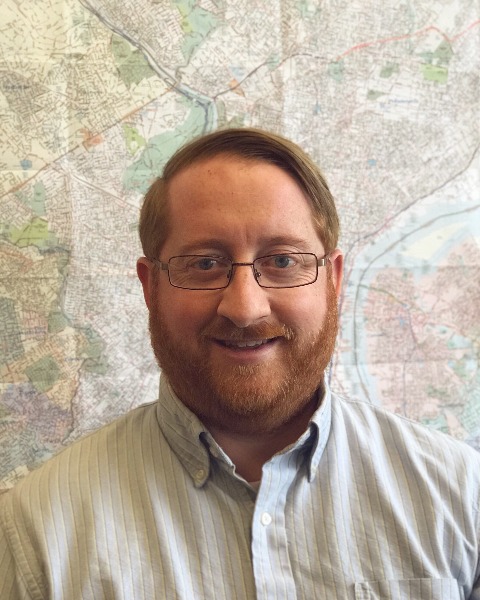Back
APA acknowledges that traffic patterns and transportation delays are unavoidable and beyond our control. When purchasing multiple tickets for mobile workshops and tours please allow a cushion of time between the arrival time of one workshop/tour the departure time of another workshop/tour.
Diversification of Transportation
Bike to Bartram's: Community Connections Along the Schuylkill
Sunday, April 2, 2023
9:15 AM – 12:30 PM CDT
CM | 2.75
Ticket Price: $75

Shawn S. Megill Legendre, AICP (he/him/his)
Manager, Regional Trails Program
Delaware Valley Regional Planning Commission
Philadelphia, Pennsylvania- DP
Daniel Paschall
Pennsylvania
Lead Mobile Workshop Coordinator(s)
Mobile Workshop Coordinator(s)
For many years, the public was cut off from the Schuylkill River by active industrial use or legacy infrastructure. A series of public investments that began in the 1990s and continue today have reactivated the river and restored public access. This area is now a vital open space in Philadelphia’s urban landscape; an important, active transportation corridor; and a tourist destination. Locales including Fairmount Park and Bartram’s Garden are being connected along a key component of the region’s trail network, the Circuit Trails.
Speakers who discuss this transformation highlight innovative funding strategies and describe partnerships and collaborations among the city government, nonprofits, and advocates. They focus on intentional, ongoing engagement with surrounding communities to ensure that the resulting infrastructure is accessible and integral to neighboring low-income and minority communities.
These investments and engagement will cause long-lasting and meaningful changes: introducing new populations to their riverfront, opening opportunities for exercise and community building, and supporting economical, active access to Center City. This workshop focuses on Bartram’s Garden, an active historic site in southwest Philadelphia, where transformative activity exemplifies these community-based approaches.
Speakers who discuss this transformation highlight innovative funding strategies and describe partnerships and collaborations among the city government, nonprofits, and advocates. They focus on intentional, ongoing engagement with surrounding communities to ensure that the resulting infrastructure is accessible and integral to neighboring low-income and minority communities.
These investments and engagement will cause long-lasting and meaningful changes: introducing new populations to their riverfront, opening opportunities for exercise and community building, and supporting economical, active access to Center City. This workshop focuses on Bartram’s Garden, an active historic site in southwest Philadelphia, where transformative activity exemplifies these community-based approaches.
Learning Objectives:
- Articulate funding strategies for restoring public access to a formerly industrial waterfront.
- Describe partnership strategies and collaborative opportunities for restoring public access to a formerly industrial waterfront.
- Understand how intentional engagement ensures that the benefits of investment are shared by low-income and minority communities.
